Comments / Questions (3)
![]() Dea wrote:
Dea wrote:
Ciao, il suggerimento per il lavoro dove spiega come eseguire il ricamo dei fiori non è giusto. Nella versione originale in norvegese si parla di ricamo a punto croce. Io lo farò a punto maglia, ma è meglio ricontrollare perchè altrimenti non si capisce perchè dover fare le maglie a rovescio. Sarebbe utile anche un video che mostra il ricamo a punto croce sul lavoro a maglia.
18.06.2024 - 18:36DROPS Design answered:
Buonasera Dea, abbiamo grazie per la segnalazione. Abbiamo allineato la traduzione italiana a quella norvegese. Buon lavoro!
18.06.2024 - 22:33
![]() Doris wrote:
Doris wrote:
Danke für die Info! Aber beim Ärmel hätte ich jetzt auch noch eine Frage. Nach 49 cm die mittleren 6 M abketten? Und dann gegen die Schulter abketten? Da kann was nicht stimmen.
01.04.2020 - 22:17DROPS Design answered:
Liebe Doris, nach 49 bei den Ärmeln werden die 6 mittleren Maschen abgekettet, dann ketten Sie für die Armkugel am Anfang jeder Reihe ab (= bei den Hin- sowie bei den Rückreihen). Vile Spaß beim stricken!
02.04.2020 - 08:14
![]() Doris wrote:
Doris wrote:
Im Mustersatz 1 ist eine Farbe eingezeichnet, die aber garnicht angegeben ist. Gleich die 1.Reihe nach Farbe o1 hellblau. Das komplett schwarze Kästchen. Am Foto sieht es aus wie Weiß?
16.03.2020 - 20:20DROPS Design answered:
Liebe Doris, diese Reihe mit den schwarzen Quadraten stricken Sie mit Farbe Nr 04 - und die mit dem kleinen Pünktchen stricken Sie mit Farben 61. Viel Spaß beim stricken!
17.03.2020 - 10:20
Prairie en Fleur |
||||||||||||||||||||||||||||
|
|
||||||||||||||||||||||||||||
DROPS Cardigan in Muskat with embroidered flowers.
DROPS 68-7 |
||||||||||||||||||||||||||||
|
Gauge: 21 sts x 28 rows = 10 x 10 cm [4" x 4"] on larger needles in stockinette st. Garter st, when knitting flat: Knit all sts, all rows. Garter st, when knitting in the round: *Rnd 1, knit. Rnd 2, purl.* Repeat from * - *. Pattern: See charts. The pattern is seen from the right side. Patterns 1, 3 and 4 are knit entirely in stockinette st. Pattern 2 is knit entirely with light beige. Buttonhole: Make 4 buttonholes along right button band. (1 buttonhole = bind off 3rd st from edge and on the next row make a yo over the bound off st.) Make buttonholes when the piece measures: Size S: 15, 24, 33 and 42 cm [5⅞", 9.5", 13" and 16.5"]. Size M: 17, 26, 35 and 44 cm [6.75", 10.25", 13.75" and 17.25"]. Size L: 18, 27, 36 and 47 cm [7", 10⅝", 14⅛" and 17.75"]. Size XL: 20, 29, 38 and 47 cm [7⅞", 11⅜", 14⅞" and 18.5"]. Knitting tip: The flowers in Pattern 4 are not knit in the pattern but are embroidered on afterwards. For best results, purl the sts to be embroidered. Embroider each st over 1 knitted st and 1.5 rows. Overlap the sts half a row. Body: Cast on 199-215-231-247 sts on smaller needles with light blue. Knit 4 rows garter st. Change to larger needles and knit Pattern 1, but keep 3 sts at each edge (center front) in garter st throughout for button bands. After Pattern 1 establish the pattern on the next row as follows (right side row): K 3 (button band), 4 sts of Pattern 2, 184-200-216-232 sts of Pattern 2B, 5 sts of Pattern 2C, K 3 (button band). Repeat Pattern 2 twice (48 rows). When the piece measures 15-17-18-20 cm [5⅞" - 6.75" - 7" - 7⅞"] make the first buttonhole - see instructions above. After two repeats of Pattern 2, change to Pattern 3 - decreasing 1 st at center back on the 1st row = 198-214-230-246 sts. After Pattern 3 knit Pattern 4 until there are 3 flower rows - read Knitting tip! Knit the rest with light blue. At the same time when the piece measures 33-35-36-37 cm [13" - 13.75" - 14⅛" - 14.5"] knit the next row as follows: 48-52-56-60 sts for the front, bind off 6 sts for armhole, 90-98-106-114 sts for the back, bind off 6 sts for armhole, 48-52-56-60 sts for the front. Knit each piece separately. If you are binding off in a flower, do not purl the sts of the flower on the row before binding off. Left front: = 48-52-56-60 sts. Bind off for armhole at the side every other row: 2 sts 1-2-3-5 times and 1 st 3-5-6-6 times = 43-43-44-44 sts. At the same time when the piece measures 43-45-46-48 cm [16⅞" - 17.75" - 18⅛" - 18⅞"] put 5-5-6-6 sts at the center front on a st holder for the neck. Bind off at neck edge every other row: 2 sts 3 times and 1 st 7 times = 25-25-25-25 sts remain on shoulder. Bind off when the piece measures 52-54-56-58 cm [20.5" - 21.25" - 22" - 22⅞"]. Right front: Knit the same as left, reversing all shaping and making buttonholes on button bands. Back: = 90-98-106-114 sts. Bind off for armhole at each side as on front = 80-80-82-82 sts. When the piece measures 50-52-54-56 cm [19.75" - 20.5" - 21.25" - 22"] bind off the center 26-26-28-28 sts for the neck. Dec 1 st at each neck edge every other row 2 times = 25-25-25-25 sts remain on each shoulder. Bind off when the piece measures 52-54-56-58 cm [20.5" - 21.25" - 22" - 22⅞"]. Sleeve: Cast on 64-64-64-64 sts on smaller double-pointed needles with light beige; join and place a marker at the join. Knit 4 rows garter st, change to larger double pointed needles and Pattern 2B over all sts. Repeat Pattern 2 twice (48 rows). Then knit Pattern 3, decreasing 16-14-14-12 sts evenly distributed on the 1st row = 48-50-50-52 sts. When the piece measures 22 cm [8⅝"] inc 1 st each side of marker a total of 12-11-13-14 times: Size S: every 6 rows. Size M: alternately every 6 and 7 rows. Size L: every 5 rows. Size XL: alternately every 4 and 5 rows = 72-72-76-80 sts. After Pattern 3 knit the first 16 rows of Pattern 4 (there will be 1 row with flowers on sleeves – center the flower on the sleeve). Knit the rest of sleeve with light blue. When sleeve measures 49-48-47-46 cm [19.25" - 18⅞" - 18.5" - 18⅛"] bind off 3 sts each side of marker and knit the rest back and forth. Bind off for sleeve cap at each side every other row: 2 sts 4-3-3-2 times, 1 st 1-6-7-12 times, 2 sts 4-3-3-2 times and 3 sts 1-1-1-1 time. The piece measures approx. 57-58-58-59 cm [22.5" - 22⅞" - 22⅞" - 23.25"]. Bind off. Assembly: Embroider flowers on Body and the sleeve - see the chart in Drops No. 68 and the explanation above. Sew shoulder seams. Pick up approx. 80 to 95 sts (incl. sts on st holders) around the neck on smaller needles with light blue. Knit 4 rows garter st. Sew in sleeves. Sew on buttons. |
||||||||||||||||||||||||||||
Diagram explanations |
||||||||||||||||||||||||||||
|
||||||||||||||||||||||||||||
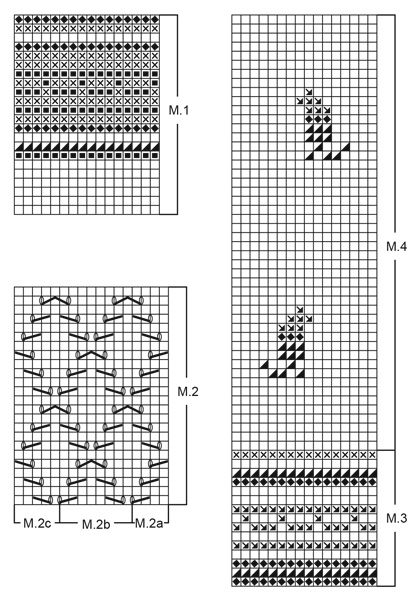
|
||||||||||||||||||||||||||||
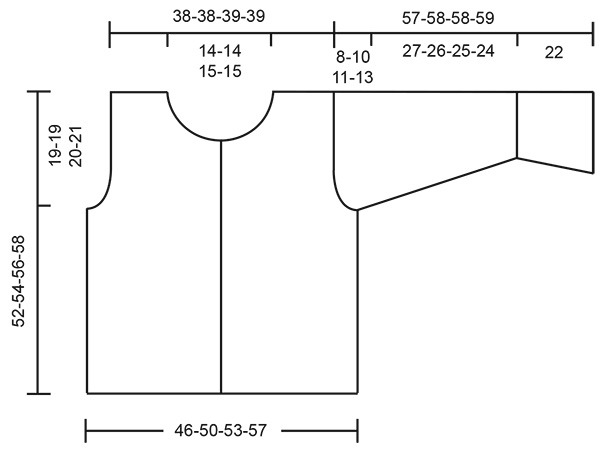
|
||||||||||||||||||||||||||||
|
Have you made this or any other of our designs? Tag your pictures in social media with #dropsdesign so we can see them! Do you need help with this pattern?You'll find 24 tutorial videos, a Comments/Questions area and more by visiting the pattern on garnstudio.com. © 1982-2025 DROPS Design A/S. We reserve all rights. This document, including all its sub-sections, has copyrights. Read more about what you can do with our patterns at the bottom of each pattern on our site. Have you finished this pattern? |
||||||||||||||||||||||||||||












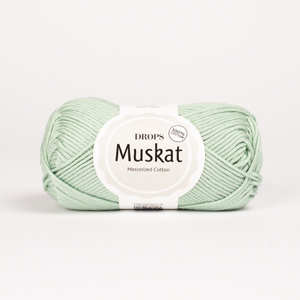







































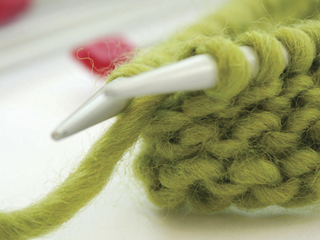





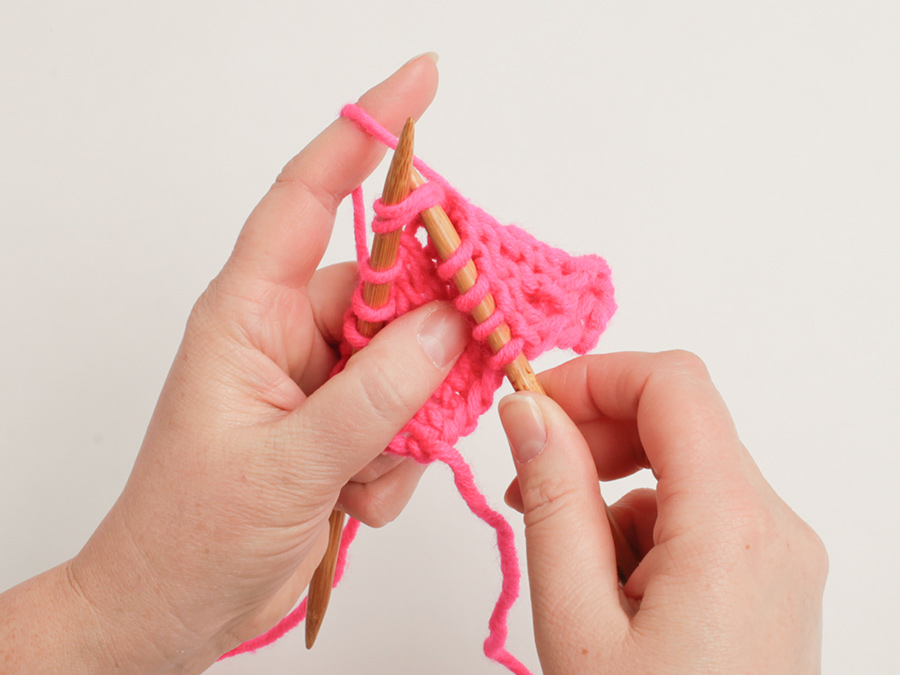








Post a comment to pattern DROPS 68-7
We would love to hear what you have to say about this pattern!
If you want to leave a question, please make sure you select the correct category in the form below, to speed up the answering process. Required fields are marked *.